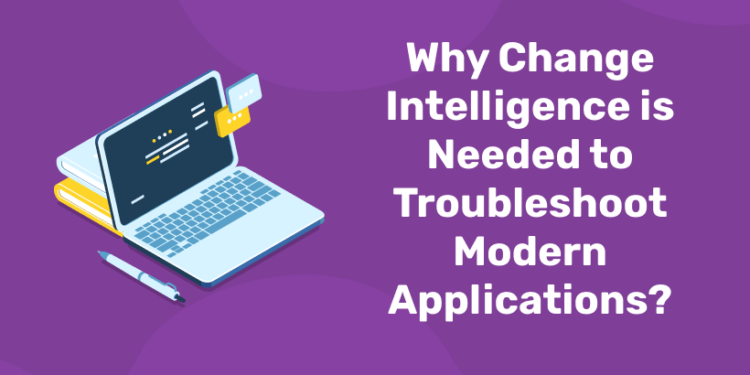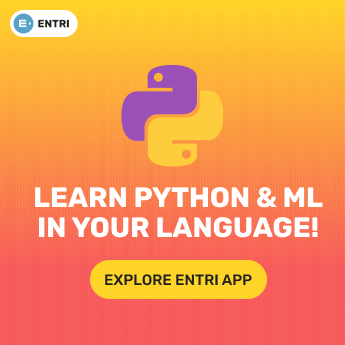Table of Contents
Trends like observability have highlighted that one of the key challenges confronting engineering teams in the last few years is simply comprehending what’s going on inside of your infrastructure and applications. The nature of broadcasted systems is such that it’s hard to gain a single coherent perspective. That’s not just an academic issue – the fact that it’s so hard to locate a single point of truth has significant implications at an organizational level, where various people have various levels of expertise and access to vital information and data.
But what makes things even harder is that the reason complex systems are so complex is because they are continually switching. The rise of cloud and microservices represents modern applications can have numerous dependencies that make it unattainable for any single engineer to understand. This implies, in short, that while observing systems is vital, it’s only one piece of the puzzle when it comes to modern software engineering.
Troubleshooting
A much larger component of the puzzle – and what matters to engineers – is plain old troubleshooting. Troubleshooting isn’t a term that states especially cutting-edge. Indeed, it’s now a quotidian term that has worked to implant itself in our everyday technical lexicon. But when positioned in the context of complex spread infrastructure, it needs a level of knowledge and expertise that’s practically superhuman.
Change Intelligence for Troubleshooting Modern Applications
1: What is the default value of a boolean in Java?
Change Intelligence is the absent component within most associations today. The capacity to understand not only when something altered — but why it transformed and who altered it — needs engineers to be capable of intelligently correlating monitoring and observability data to reach the root cause of an incident much more rapidly.
Key Takeaways The complexity of microservices systems, and the cost impact of outages, need greater investment in immediate remediation and root cause identification, to reduce downtime.
Observability is more than just managing metrics, logs, and traces. For that data to be valid, it must be connected to business needs.
Monitoring is static and observability is dynamic. The old world of pre-defining thresholds for attention is evolving to a world where real-time problems need real-time solutions that weren’t thought of in advance.
Telemetry supplies the building blocks that allow change intelligence to identify and map the root cause, based on modifications in the system and their broader impact.
Microservices and highly dispersed systems are overly complex. There are numerous moving parts including the applications themselves, the infrastructure, versions, and configurations. Often, this results in problems tracking what is actually in production or other development environments (QA, Development, Pre-Prod), which in turn becomes difficult when you require to troubleshoot your systems.
Want to Know More About Change Intelligence? Click Here.
In this article, we will deliver some clearness around the various use points for monitoring and observability, when each is appropriate, and how to use them properly. It will then focus on Change Intelligence, which is a new way of coming telemetry like metrics, logs, and traces that are actionable, to troubleshoot happenings effectively in real-time. To date, observability has been concentrated on aggregating appropriate data about your systems, and monitoring has been the standardized check to validate that everything is working.
Change intelligence contains an enlargement of existing telemetry, providing more context in a world where everything is distributed and companies now have tens, if not hundreds, of services all sharing. This causes it possible to connect between recent changes, and ultimately understand their effect on your systems as a whole.
With Change Intelligence, processes teams can adjust to rapidly shifting business demands, onboard new employees fast, eliminate single points of failure with their systems knowledge, and decrease the risk of making change. By cutting down the time (and worry) required to make decisions, they can concentrate more of their energy on strategic planning, and spend less time putting out fires. And that’s the hallmark of a mature operations organization; it shows the company a competitive advantage, permitting the business to access new value and strategic insights. The ENTRI Learning App will help you to know more about Change Intelligence and more. Keep in touch with our App.














